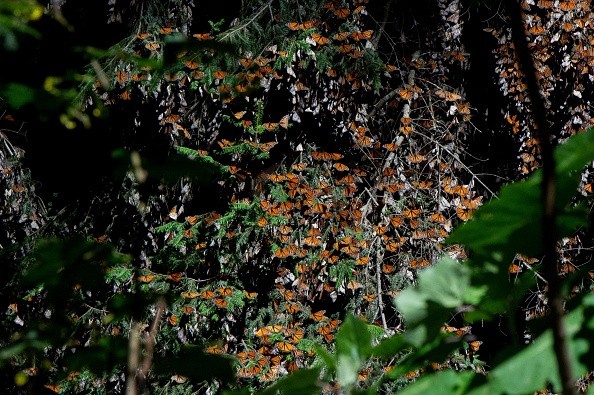Insect populations are declining all over the world and have a huge impact on our ecosystems, and we cannot know exactly why. The new AI method at the University of Copenhagen aims to support the previously extremely difficult biodiversity monitoring and cataloging of insects.
Insects are essential in nature as pollinators of plants, food sources for a wide variety of animals, and decomposers of dead substances.
But in the last few decades they have been struggling. It is estimated that 40% of insect species are declining and one-third of them are endangered.
Advanced artificial intelligence in biodiversity

As per ScienceDaily, to overcome these hurdles, researchers at the University of Copenhagen have developed a method for detecting and detecting the flapping of individual insects using data obtained from infrared sensors.
The AI method is based on unsupervised machine learning, and algorithms can group insects of the same species without human intervention. The result of this method was to shed light on the biodiversity of insects in natural space without the need for anyone to manually catch and count creatures.
Researchers have already developed algorithms to identify pests on agricultural land. However, instead of identifying insects as pests, researchers were able to develop this new algorithm to identify and count the populations of different insects in nature based on readings received from sensors.
According to India Education Diary, "Sensors are a bit like wildlife surveillance cameras used to monitor the movement of large animals in nature, but instead of taking pictures, the sensors measure insects that jump into the light source. The algorithm uses the flapping of insects to classify insects into different groups," explains Assistant Professor Ragavendra Cervan of the Faculty of Computer Science, who led the development of artificial intelligence used in sensors.
Testing of prototype will be on spring
With the vigorous emergence of insects in the spring, scientists use the first prototype to go out naturally and collect real-world data.
So far, researchers have tested algorithms and artificial intelligence using a large image database of insect images acquired under controlled conditions and some real-world data, with promising results. Brought about.
Importance of insects

Many insects can look like pests, but they perform a variety of services for other plants and animals in our environment. In fact, a variety of insect species are essential to the survival of most organisms on Earth, including bats, birds, freshwater fish, and even humans.
Together with plants, insects form the basis of the food network, and most of the plants and animals we eat depend on insects for pollination and food.
According to the United States Natural Resource Conservation Services rely on pollen maters for breeding about 35% of the world's food crops. In other words, you can thank pollen maters with one meal every three meals.
More than 100,000 species of animals are involved in the contamination of 250,000 flowering plants on Earth, including bees, moths, butterflies, flies, and beetles which are the most common. In addition, some insects are natural enemies of pests that can damage food crops, as per Florida Museum.
© 2025 NatureWorldNews.com All rights reserved. Do not reproduce without permission.





